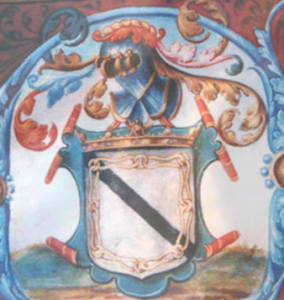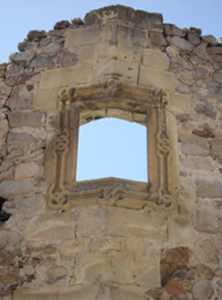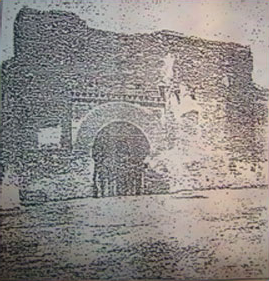
The House of the Palace is a Rural Tourism Accommodation with a privileged location since it is based on a part of what was the Palace of the Marquises of Aguilafuente, Renaissance building of aristocratic character corresponding to the middle of the XVI century.

The renaissance was introduced in Spain at the end of the 15th century, coinciding with the end of the reign of the Catholic Kings, later expanding throughout the sixteenth century, during the reigns of Charles I and Philip II. In all of them we can see the classicist influence coming from Italy, although complemented with native Hispanic influences, such as the final Gothic or Mudejar art.
The Palace of Aguilafuente, whose remains are still clearly visible, is an example of this type of palatial architecture placed at the service of the nobility after the Middle Ages.

The town of Aguilafuente, after a long period of belonging to the Cabildo of the Cathedral of Segovia, became the property of Don Pedro de Zúñiga after being acquired by him in 1536, thus moving from ecclesiastical to seignorial jurisdiction. At that moment King Charles I granted Don Pedro the title of Marquis, although without specific designation. It will be his son, also called Pedro, that definitively obtains the title of Marquess of Aguilafuente, granted by Felipe II in 1575. Thus it is probable that the date of building of the palace corresponds to the interval between 1536 and 1575, coinciding with the Creation of the marquisate.

Two factors may have influenced its location. First, the proximity to the Arroyo Malucas, because it plays a fundamental role for the supply and rapid drainage of water. The other factor is related to its location within the urban fabric, since it is located on one of the sides of the square (power center) and very close to the Church of Santa Maria, due to the custom of the nobles of the Time to accede to the place of worship making short journeys and maintaining a certain anonymity, in the margin of the other faithful.

 EN
EN  ES
ES 
